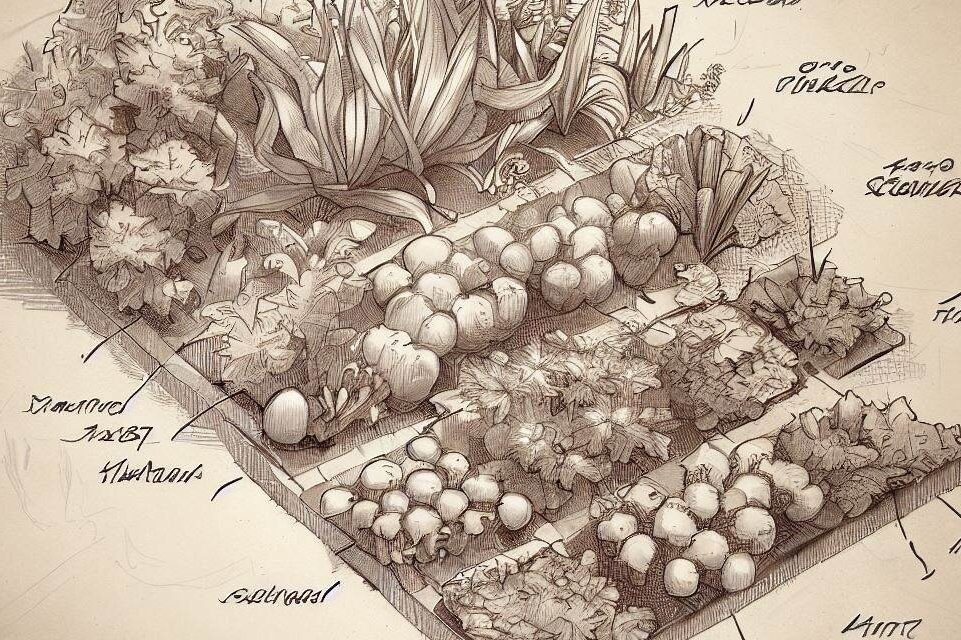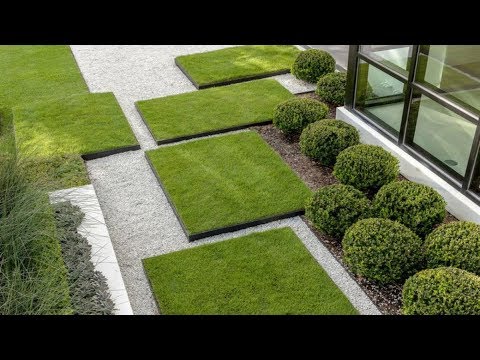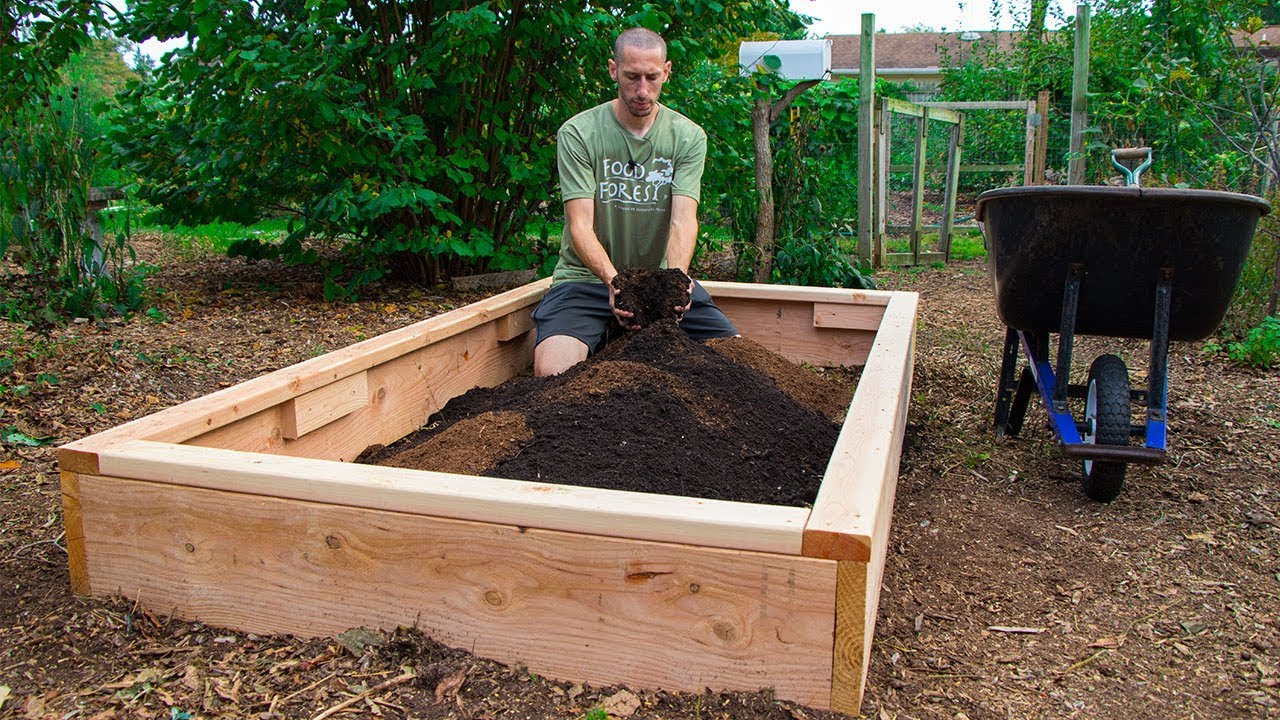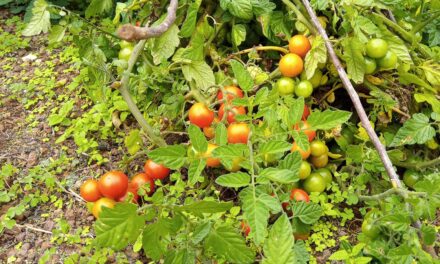This is the Backyard Blueprint, the master post for all beginners. This is where you can find your step by step guide to getting started with your Backyard Vegetable Garden. I will be posting regularly and adding the links to each of the sections below. If there is any specific topic you would like me to write about, I follow the comments section closely and will answer with something useful as soon as possible. If you want to get notified when each new article is posted, you can sign up to the newsletter.
Starting a backyard garden can be a fulfilling and rewarding experience. Whether you’re growing vegetables to feed your family, beautifying your space with ornamental plants, or simply connecting with nature, gardening offers numerous benefits. If you’re new to gardening and looking to transform your backyard into a productive and attractive oasis, the Back Yard Blueprint is the perfect guide for you. This comprehensive plan takes you step by step through the process of creating a thriving garden, even if you have limited time and experience. From assessing your garden space and soil to planning the layout, selecting plants, and harvesting your bounty, the Back Yard Blueprint covers it all. So, roll up your sleeves, and let’s embark on a journey that promises fresh produce, colorful blooms, and the joy of nurturing life in your very own backyard.
Understanding Your Garden Space
Starting your backyard garden begins with understanding your space. It’s crucial to know how much sunlight your garden gets, where the shaded areas are, and the type of soil you have. By assessing these factors, you can make informed choices about what to plant and where to plant it. Good planning at this stage lays the foundation for a healthy, productive garden.
Sunlight
I go into the full depth of knowing your garden inside and out here. You will find.out about:
- The importance of sunlight for plants
- How to Evaluate Sunlight and Shade
- How to determine sunny and shaded areas in the backyard
- Choosing plants based on sunlight needs

Soil
Healthy soil is the cornerstone of a successful garden. Take the time to remove weeds, rocks, and other debris. Enhance the soil structure by adding compost, organic matter, or soil amendments. If your garden space has poor soil or drainage, consider building raised beds. Preparing the soil properly will provide your plants with the nutrients they need to thrive.
- Get to Know Your Soil: Testing and Improving Your Garden’s Foundation
- Testing soil pH and nutrient levels
- Understanding soil types and their characteristics
- Adding compost, organic matter, and soil amendments
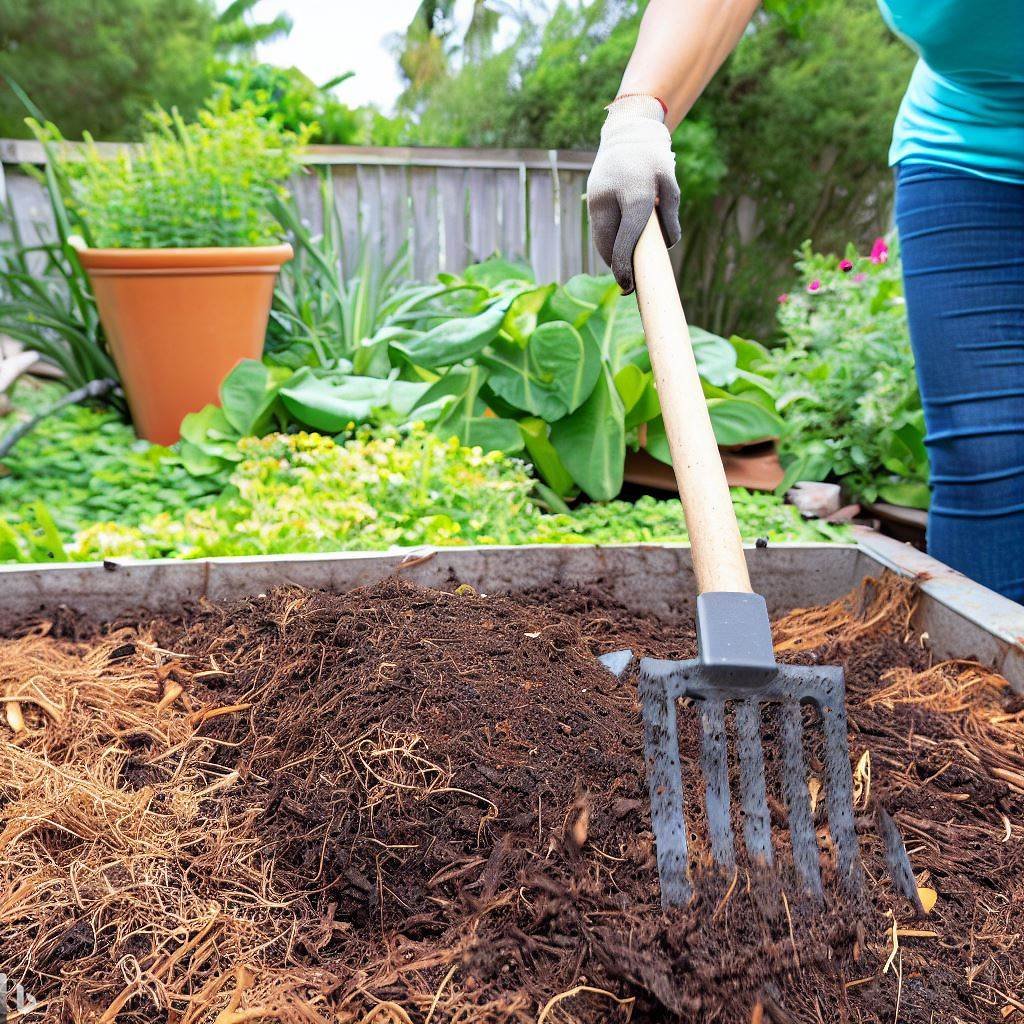
Plan your Garden Layout
A well-thought-out garden layout is the key to maximizing your space, sunlight, and productivity. Decide on the placement of your vegetable beds, fruit trees, and ornamental plants, keeping in mind their sunlight and space requirements. A good garden plan not only ensures a good harvest but also creates an aesthetically pleasing backyard space.

- Maximizing Your Backyard Space: Garden Layout Planning Tips
- How to create a garden layout that optimizes space and sunlight
- Techniques for creating a visually pleasing garden
- Incorporating companion planting for mutual benefits
Select your plants
Choosing the right plants and seeds for your garden is crucial. Focus on easy-to-grow, fast-maturing crops for quick results. Consider your climate, soil conditions, and personal preferences. Mix in ornamental plants that require little maintenance but provide privacy or aesthetic appeal. The right plant choices will ensure a satisfying and successful gardening experience.
Select your vegetables
- Easy-to-Grow, Fast-Maturing Crops for the Busy Gardener
- Recommendations for quick-growing vegetables and fruits
- Tips for planting and caring for these crops
- Harvesting and storing your bounty
Ornamental
- Selecting Ornamental Plants for Your Garden Fence: Beautify and Enhance Privacy
- Choosing low-maintenance, attractive plants for the garden border
- Benefits of planting native species
- Creating a year-round display with perennial plants
Sow your seeds
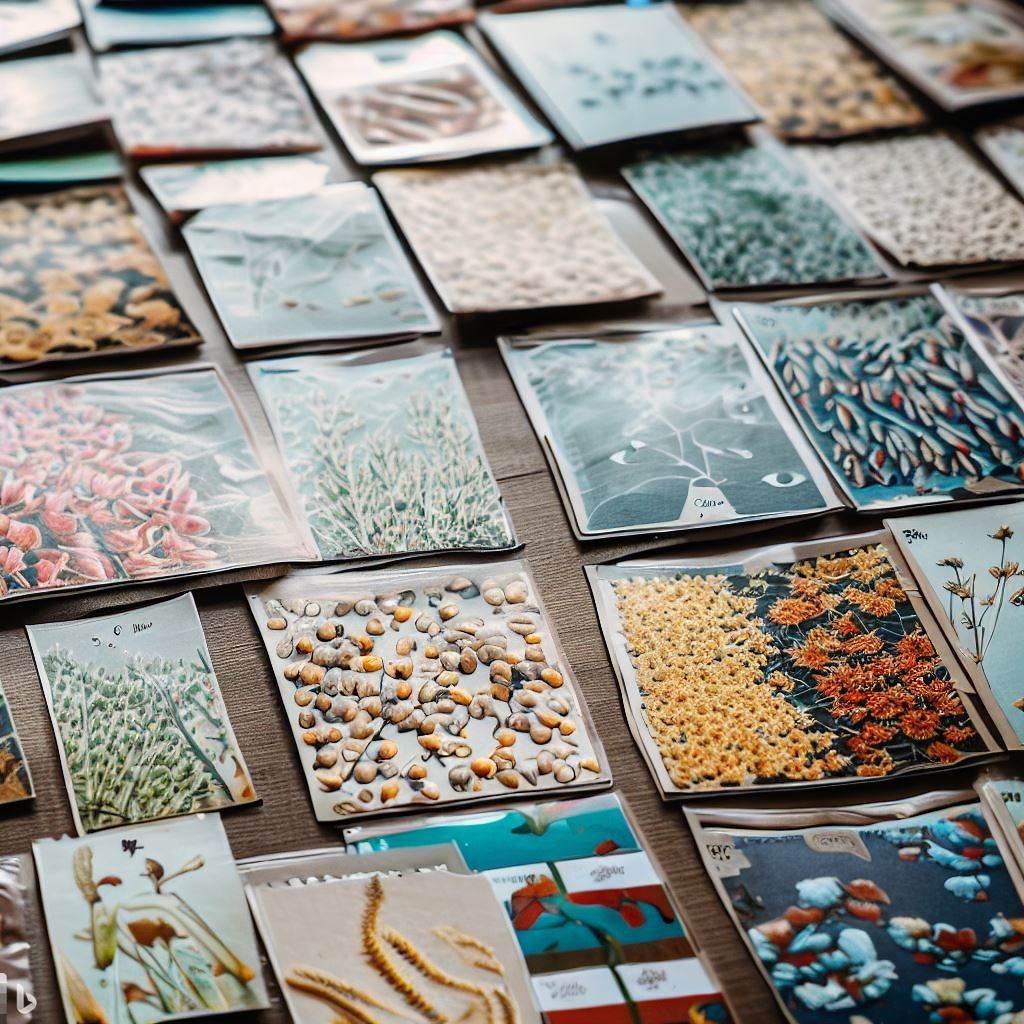
Transplanting the seedlings. From Seed to Garden: Planting and Transplanting Tips
Planting is an exciting step in your gardening journey. Whether you’re transplanting seedlings or sowing seeds directly, it’s essential to follow proper planting guidelines. Proper spacing, depth, and timing can make a big difference in your garden’s productivity. Remember to water thoroughly after planting to give your plants a good start.
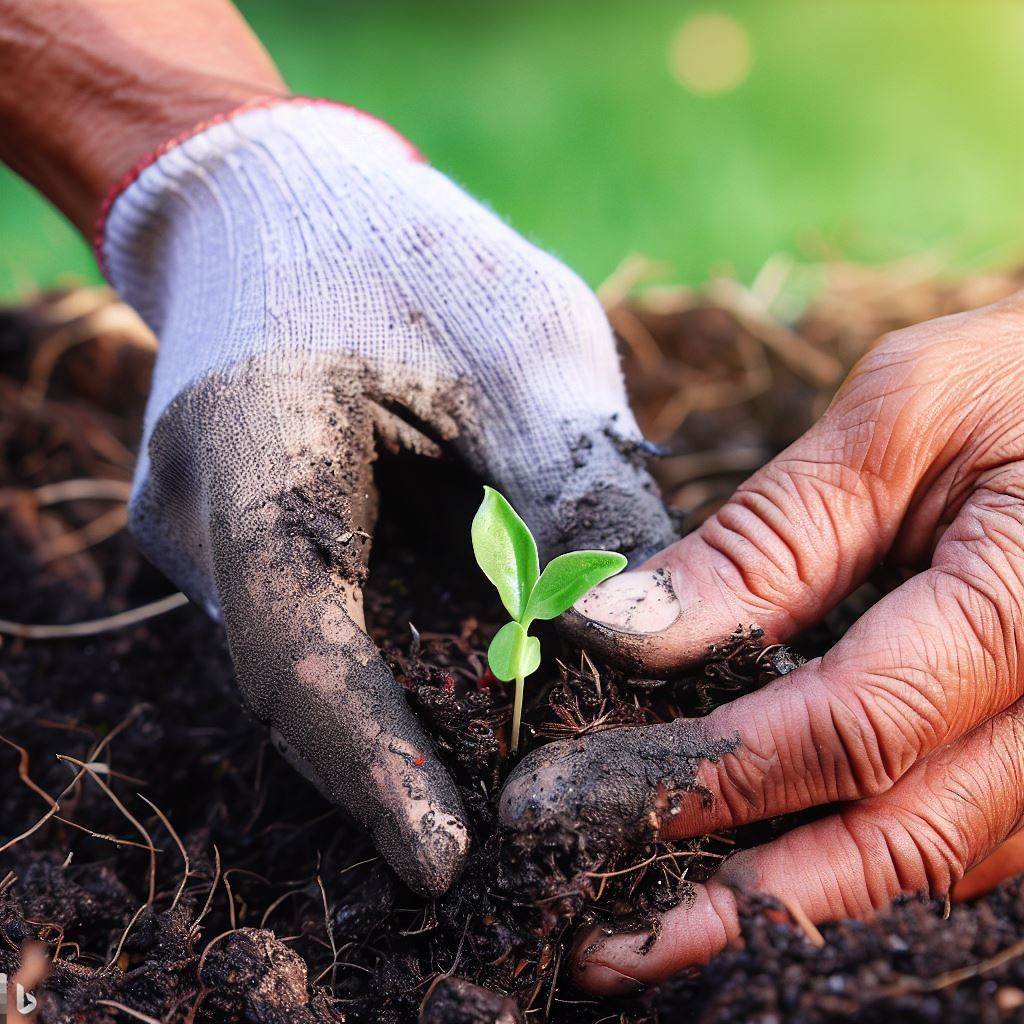
- Understanding planting guidelines (spacing, depth, timing)
- Transplanting seedlings without stress
- Tips for successful direct sowing
Maintenance in your Backyard Vegetable Garden
Regular maintenance is key to a thriving garden. Develop a weekend routine to take care of your garden’s needs. Watering, weeding, and mulching are essential tasks to keep your garden healthy. Keep an eye out for pests and diseases, and take action as needed. Proper care will ensure a lush, productive garden.
- A Weekend Gardener’s Maintenance Routine: Efficient Garden Care
- Developing a weekend schedule for watering, weeding, and mulching
- Identifying and managing pests and diseases
- Pruning and thinning plants for healthy growth
Reap the Rewards of your Harvest
Harvesting is the most rewarding part of gardening. Enjoy the fruits (and vegetables) of your labor by picking your produce at the right time for optimal flavor and nutrition. Share your bounty with family and friends, and savor the satisfaction of growing your own food.
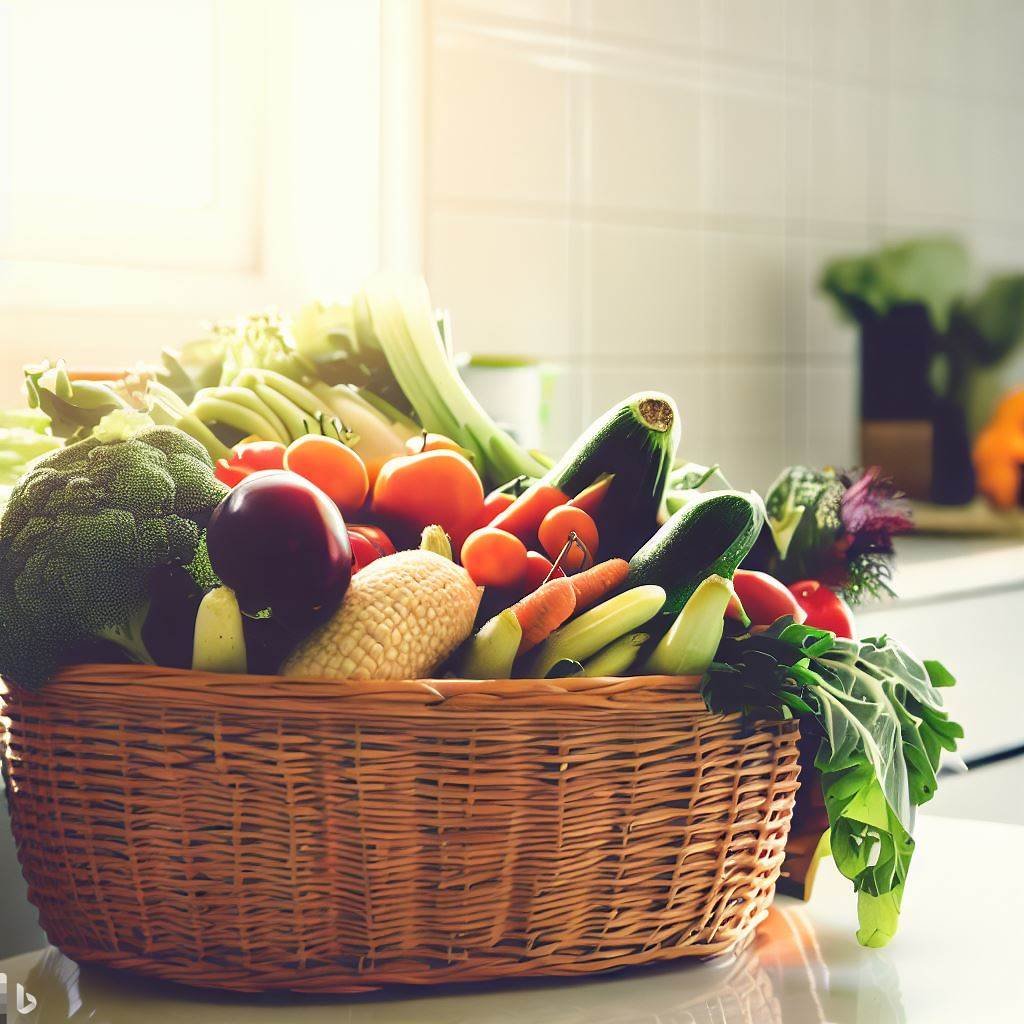
- Harvesting and Enjoying Your Garden’s Bounty: From Garden to Table
- Knowing when to harvest different vegetables and fruits
- Storing and preserving fresh produce
- Sharing the joy of homegrown food with family and community
Preparation for the Next Vegetable Cycle
As the growing season comes to an end, it’s time to clean up your garden and prepare for next year. Remove spent plants, clean up garden debris, and improve your soil with compost or other organic matter. Reflect on the successes and challenges of the past season and adjust your garden plan accordingly. Proper end-of-season care sets the stage for a successful garden next year.
- End-of-Season Cleanup and Planning: Preparing for the Next Growing Season
- Steps for a successful garden cleanup
- Improving soil health during the off-season
- Reflecting on the garden year and adjusting plans
Make the Most out of Gardening
Gardening is a wonderful way to spend quality time with your family and teach your children valuable life skills. Get your kids involved in planting, watering, and harvesting. Create a sense of responsibility and excitement by giving them their own small plot or container to care for. Gardening provides a hands-on learning experience that can foster a lifelong love for nature and healthy eating.
- Growing a Family Garden: Engaging Kids in Gardening Activities
- Growing a Family Garden: Engaging Kids in Gardening Activities
- Involving children in planting, care, and harvest
- Fun and educational garden activities for kids
- Teaching the importance of healthy eating and sustainability
Composting
Composting is an excellent way to recycle organic waste and enrich your garden soil. By composting kitchen scraps, yard waste, and other organic materials, you can create nutrient-rich compost that enhances soil structure, improves water retention, and provides essential nutrients to your plants. Composting is an eco-friendly practice that reduces landfill waste and contributes to a sustainable garden.
- “Composting Basics for the Home Gardener: Turn Waste into Garden Gold”
- Setting up a backyard compost bin
- What to compost and what to avoid
- Benefits of composting for the garden and the environment
Container gardening
Container gardening is a versatile and space-saving approach that allows you to grow a variety of plants in limited space or poor soil. Whether you have a small balcony, patio, or just want to maximize your backyard space, container gardening offers endless possibilities. Choose the right containers, soil, and plants, and you can enjoy fresh produce and beautiful flowers right at your doorstep. Container gardening is also a great way to introduce children to gardening in a manageable and fun way.
- “Container Gardening: Growing Food and Flowers in Small Spaces”
- Choosing containers and soil for container gardening
- Selecting suitable plants for container growing
- Caring for container plants and maximizing yields
Congratulations! You’ve journeyed through the Back Yard Blueprint and are well on your way to establishing a successful backyard garden. As you put these steps into action, you’ll see your garden space come alive with a variety of plants that provide food, beauty, and joy. Remember, gardening is a continuous learning process. With time, you’ll discover what works best for your garden, adapt to its unique needs, and enjoy the fruits of your labor. By following the Back Yard Blueprint, you’ve already taken a significant step towards sustainable living, providing fresh produce for your family, and enhancing the aesthetic appeal of your backyard. So, keep tending to your garden, enjoy the harvest, and watch as it transforms into a thriving sanctuary that you can proudly call your own.


